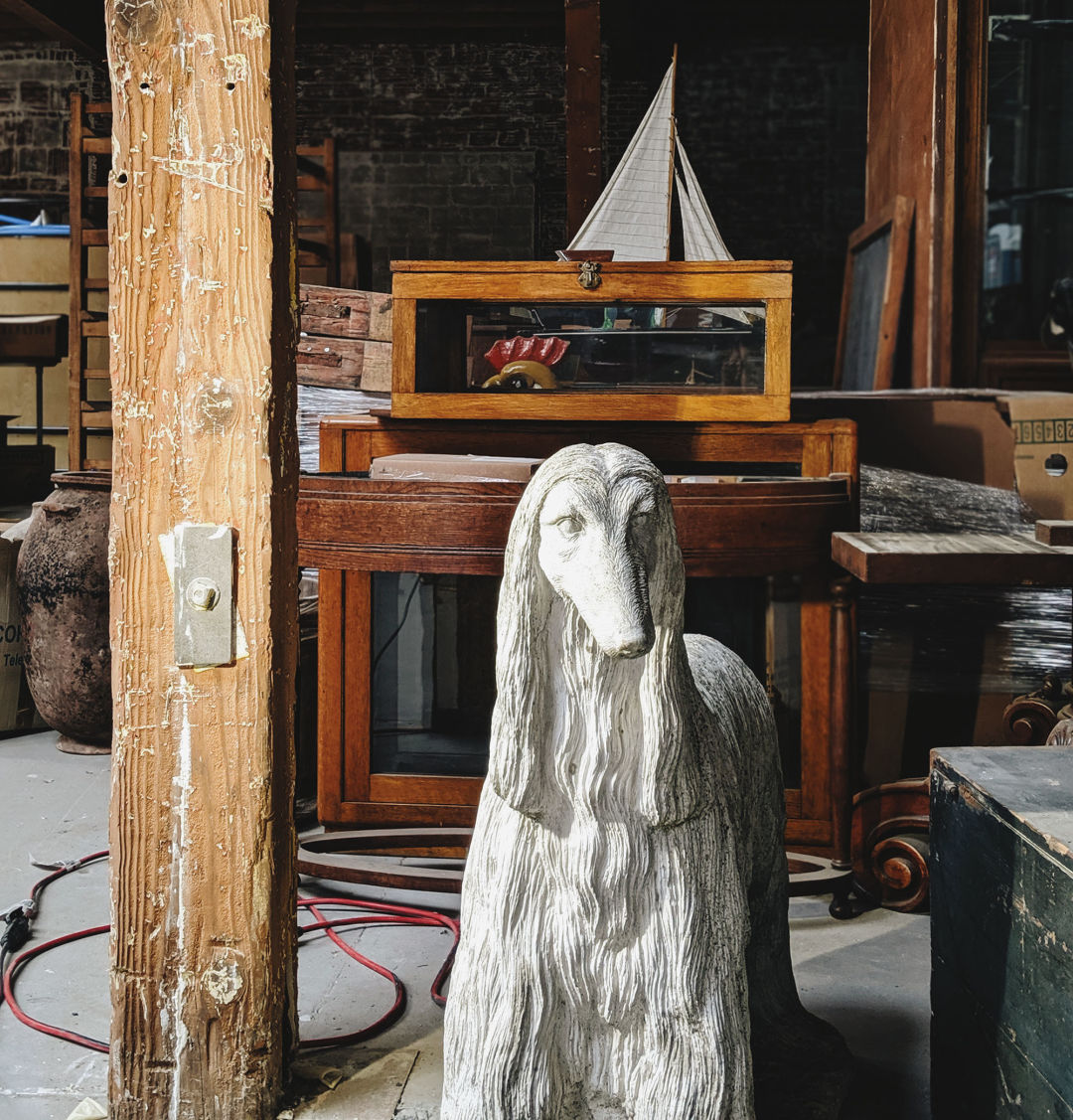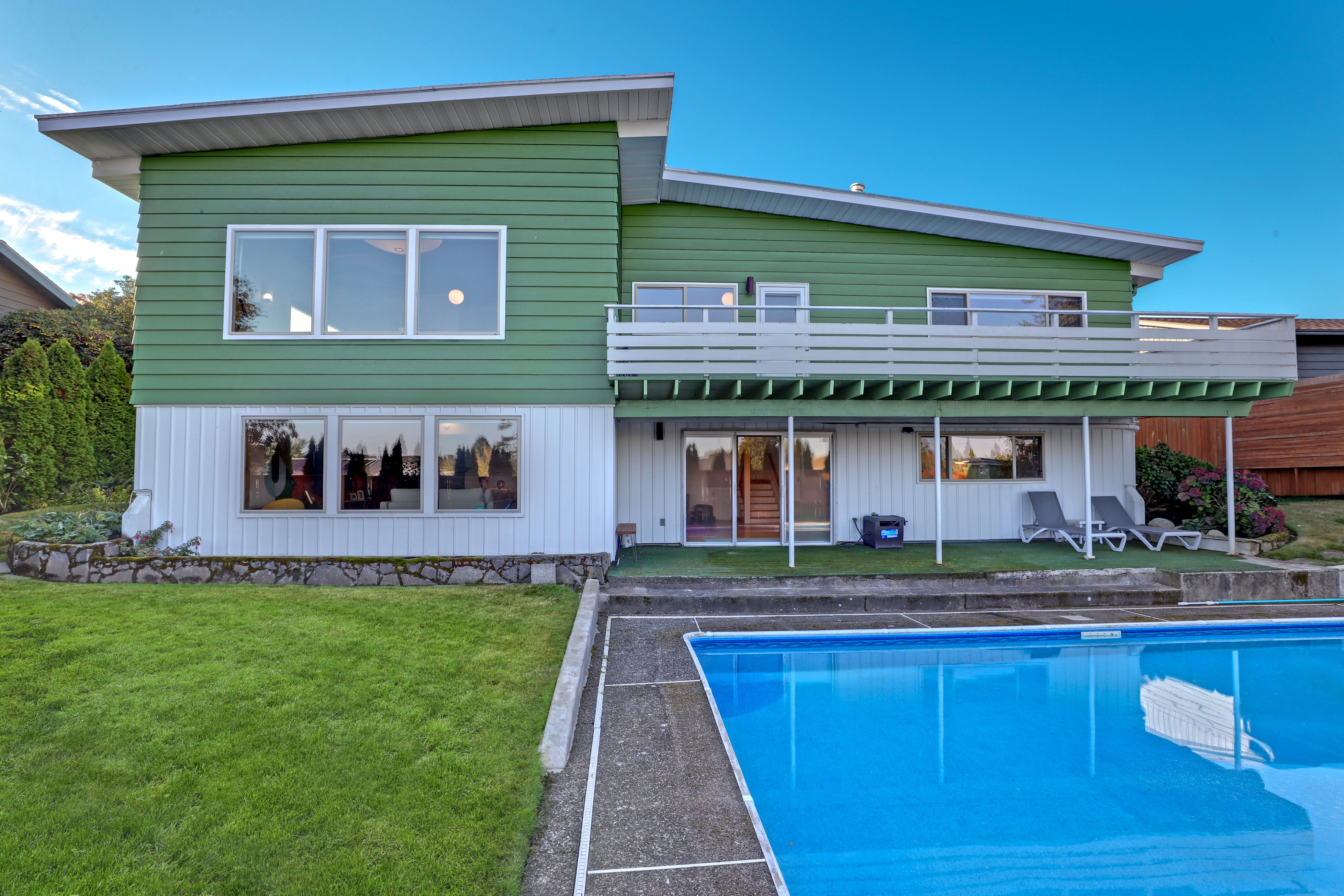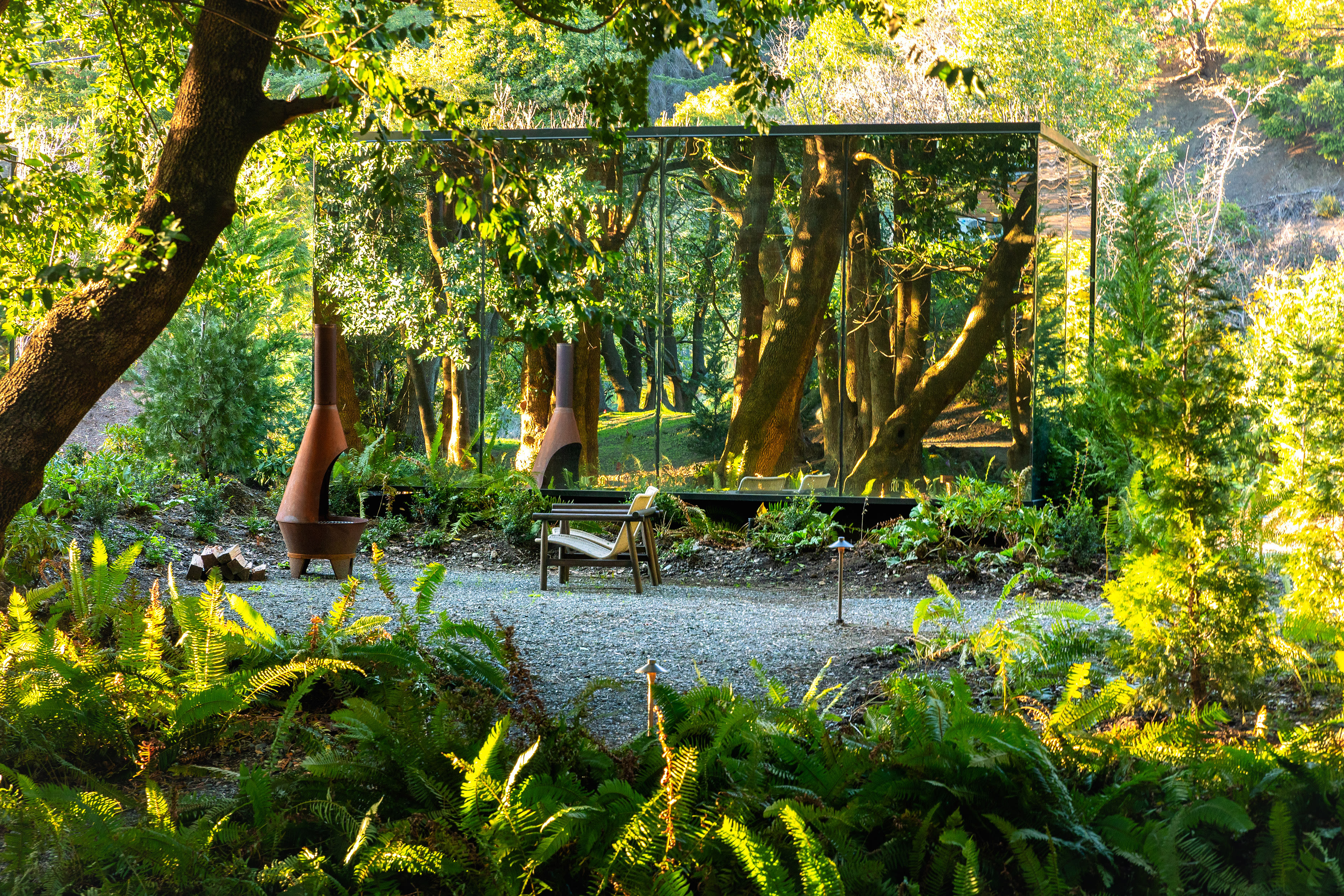How This Icelandic Designer Is Bringing World History to a New Portland Hotel

Inside the KEX staging warehouse, where the furniture and décor is being refurbished for the hotel's grand opening on November 7.
Image: Courtesy KEX Portland
Vintage Italian fencing masks. Tall doors salvaged from an old Cairo bakery. One hundred and forty hand-painted signs from a Belgian racetrack with the names of long-dead horses. Ancient-looking milking stools from a farm in rural Hungary. Stone—yes, real stone—shelving from the Dutch National Archives.
You know what they say about one man’s trash.
“Stuff is not supposed to last [anymore]. It’s all about bottom-line profits,” says Halfdan Pedersen of Baulhus Design, as he strolls through the Portland warehouse that houses all this ... stuff. “That goes for your phone and that goes with your clothing—you throw it away. I mean, how many of us still stitch ourselves? This stuff has just passed the test of time—and it’s out-aged our grandparents.”
All of this historical detritus will be used to furnish the upcoming Kex Hotel near the Burnside bridgehead. Slated to open on November 7, the hotel will be only the second outpost of the budget-friendly Icelandic answer to the Ace Hotel (the first, which Pedersen also designed, is in Reykjavík). Pedersen has been busy scouring the world for things to fill the three-story space, which will include a lobby restaurant and rooftop cocktail bar. This summer, the Iceland native sent his treasures—two shipping containers worth—to Portland to begin his work.
In an inner-Northeast warehouse near the future hotel, Pedersen selects, restores, and refurbishes his finds, giving new life to old things. The milking stools will be bedside tables. An old bamboo conveyor belt from an abandoned factory—yes, they used to be made out of bamboo—will wrap around the lobby desk. The stone shelves will be, OK, shelves.
“I don’t think there’s a word for it,” he says when asked about his aesthetic. “It’s just a certain color palette, and things with a nice patina, and just anything that grabs my attention. There’s no style or era. I don’t want it to feel like a museum. It’s supposed to be felt lived in and warm and bright.”




